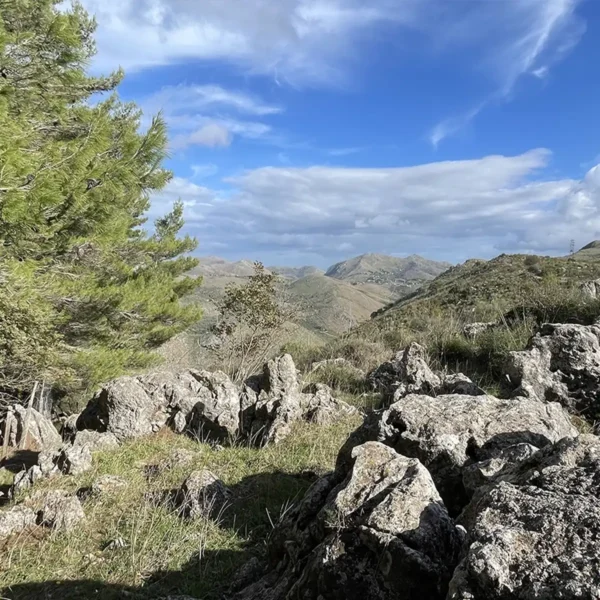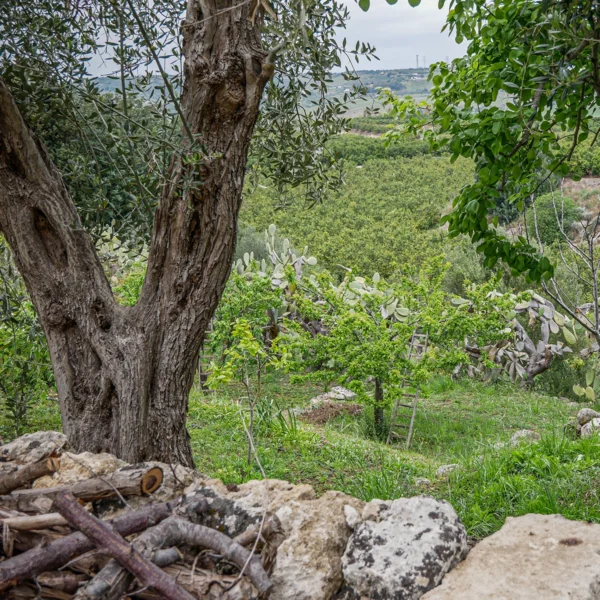
Carob
Adventurous people
Lovers of good things
A slow-growing evergreen tree, the carob tree can reach 10 meters in height, and live for hundreds of years. During times of famine it was a staple food. The carob seed was used by merchants as a unit of measurement for precious stones – the famous "carat" – because its weight remains constant at 0.2 grams. Today it is still used to make carob flour. Recommended for fussy, but soft-hearted people.
Scientific name: Ceratonia siliqua
Common name: Carob
Evergreen tree native to the Eastern Mediterranean basin. It likes warm temperate climates, so we encounter it in North Africa, Greece and Cyprus and, less in Spain, southern Italy and Albania. The fruits are thick leathery pods 10-20 cm long. They ripen between August and October, taking on their typical dark brown color and can remain on the tree for a long time.
In the past, its fruits became staple food during famine. Their pulp contains 30-50% sugar, thus more than sugar cane and sugar beet. From their seeds, "locust bean gum" a thickener and emulsifier contained in, for example, ice cream, soups and yogurt, is extracted. At one time, diamond merchants used these seeds as a unit of weight measurement under the name "carat"-they have an almost constant weight of 0.2 grams and even today carat is the unit of weight measurement for precious stones.
The fruits, rich in sucrose and glucose, vit. A, B, D and mineral salts, are used in both human and animal nutrition, as well as for alcohol production. Fresh fruits have laxative and emollient properties (anticatarrhal syrups). When dried and powdered, on the other hand, they are a traditional remedy for diarrhea, and are used especially for intestinal infections.
What makes it unique
of CO2 captured over a year
reachable height
maximum life expectancy
Forests where you can grow your own Carob, adopting or giving it away.

Bosco dei Sette Cieli
 Italia
Italia
Bosco San Lio
 Italia
Italia

